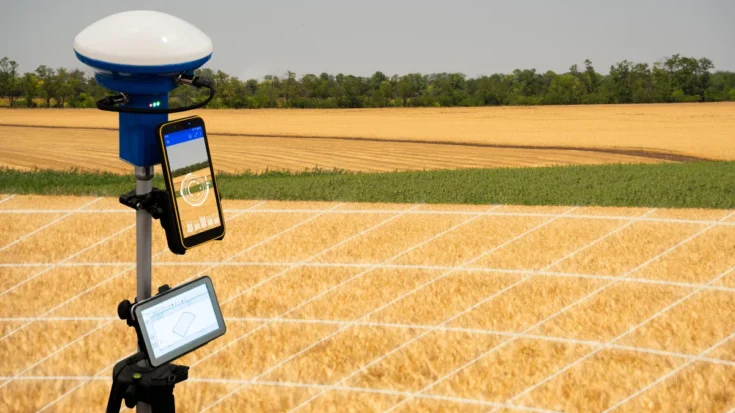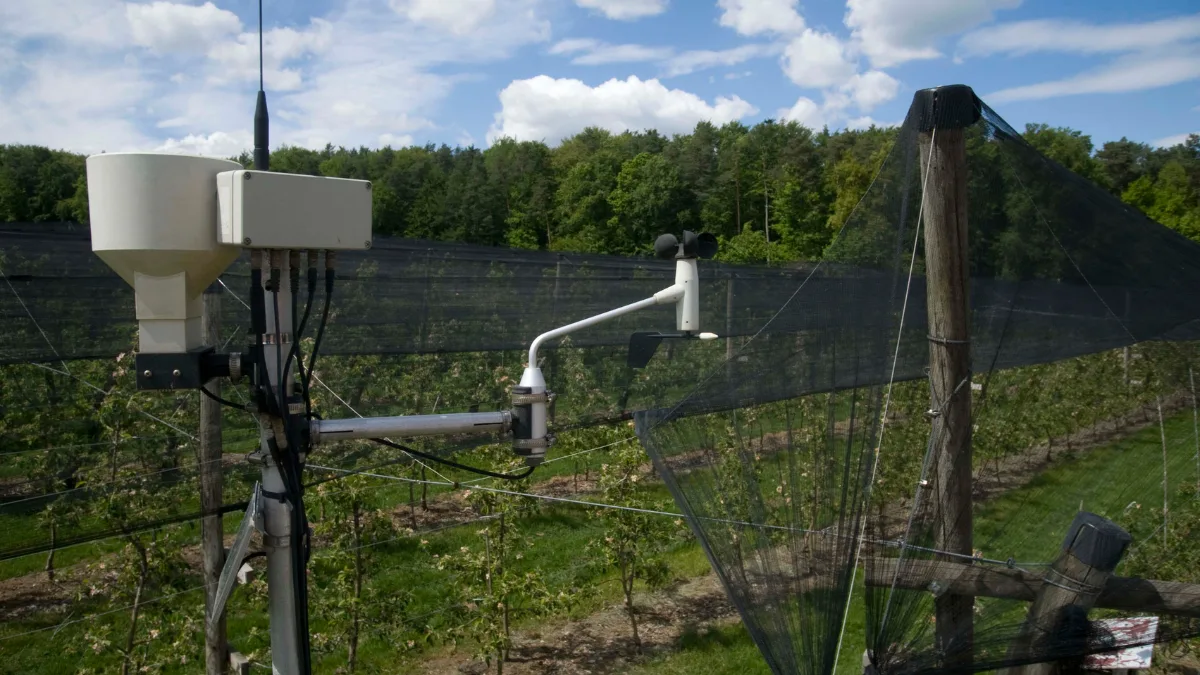From the many benefits that weather stations have, they are widely used in various sectors, one of which is agriculture. Agricultural Weather Station is an innovation from the development of weather stations in the business sector.
Agricultural Weather Station has benefits from real-time weather monitoring, selection of the right crop varieties, to early warning of extreme weather.
This article will further inform four benefits of Agricultural Weather Station that you can feel when using them.
Also Read
Table of Contents
What is an Agricultural Weather Station?

Agricultural Weather Station (AWS) is a technological solution designed to automatically measure and record various weather parameters such as temperature, humidity, rainfall, wind speed and direction, and solar radiation. The resulting data is invaluable to farmers in optimizing their land and crop management.
The Benefits of Agricultural Weather Station

Agricultural Weather Station offers a wide range of benefits, from real-time weather monitoring, and selection of the right crop varieties, to early warning of extreme weather. Here are some of the main benefits of Agricultural Weather Station:
1. Real-time weather monitoring
One of the benefits of an Agricultural Weather Station is its ability to monitor the weather in real-time. Farmers can instantly know the current weather conditions, including temperature, humidity, rainfall, and wind speed.
2. Irrigation optimization
The Agricultural Weather Station is also capable of optimizing irrigation. Weather data from this tool helps farmers determine the right irrigation schedule so that water use can be saved and plants get enough water.
3. Selection of the right crop varieties
By using this tool, farmers are assisted in selecting the right crop varieties. Weather stations have the ability to determine local weather conditions, farmers can choose crop varieties that are most suitable for the local climate and weather conditions.
4. Pest and disease management
Weather stations assist farmers in monitoring environmental conditions that favor the development of pests and plant diseases. With pest and disease management, early preventive measures can be taken.
5. Microclimate monitoring
Weather stations can be used to monitor changes in the microclimate around farmland. Microclimate monitoring includes monitoring air temperature to soil moisture.
6. Early warning of extreme weather
Another benefit of the device is early warning of extreme weather. This tool can provide early warnings if there is a threat of extreme weather, such as heavy rain, strong winds, or extreme temperatures so that farmers can take preventive and mitigating measures.
Those are the benefits of Agricultural Weather Station that you need to know. When you choose to use a weather station you can feel all the benefits from real-time weather monitoring, and selection of the right crop varieties, to early warning of extreme weather.
Another thing to note is that weather station on the market uses LoRaWAN technology, this technology must pass the certification test from the Directorate General of Digital Infrastructure (DJID).
With DJID certification, users can feel calm about using an Agricultural Weather Station device whose quality and security are guaranteed. For manufacturers or importers of Agricultural Weather Station devices, obtaining certification from DJID is a mandatory step before the device can be officially marketed in Indonesia.
To simplify the certification process, you can use Type Approval Certification Services for ICT Products are available to assist with this process as a reliable solution.


















